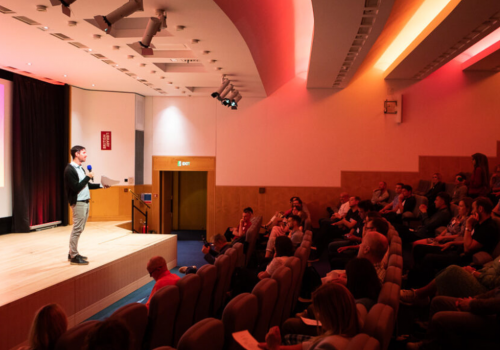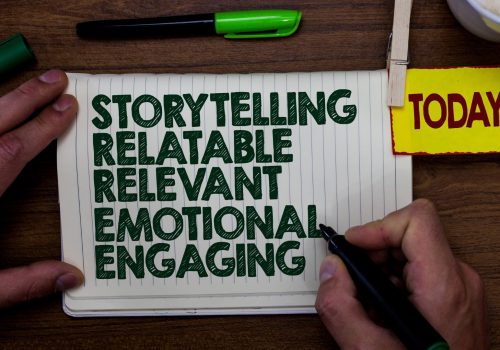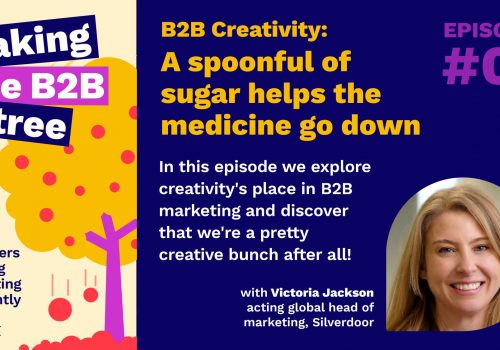Every global marketing director knows the question is coming: “What did we get for that budget?” And in today’s climate, the answer can’t be a vague reference to awareness or engagement. According to LinkedIn’s B2B Benchmark Report, 76% of B2B marketers feel under pressure to demonstrate ROI in the short term, while nearly half cite ROI as the most important metric when reporting to the CEO, CFO, and other board members. Yet, despite this pressure, 72% admit they struggle to interpret and explain the data they already have. That gap is costing budgets, and credibility.
The perception of marketing as a cost centre persists because too many reports stop at surface-level activity metrics: impressions, clicks, website traffic, coverage numbers, and social engagement. These numbers might show movement, but they don’t show meaning. They don’t answer the question the board is asking: “How did this investment create growth, accelerate revenue, or protect enterprise value?”
For marketing leaders with broad responsibilities, this is even more critical. Paid media, content marketing, demand generation, brand campaigns – every channel produces data. Yet most reporting isolates these metrics instead of connecting them to commercial outcomes. When marketing is framed as a collection of disconnected activities, it will look like spend without strategy. That is why the conversation must shift from outputs to outcomes, from vanity metrics to value metrics.
Impact: Your budget shield
So how do you connect the dots from outputs to outcomes? How do you move beyond activity metrics to show the real value of your work? Impact is not a spreadsheet. It’s the narrative that connects your work to business outcomes. It’s how you show a strategic brand initiative builds trust and preference, how trust drives demand, and how demand converts into pipeline and ultimately revenue. When you can tell that story with clarity and confidence, you don’t just defend your budget, you unlock it.
Why measurement has to change
Boards care about outcomes, not outputs. They want evidence that marketing and communications drive growth, improve margins, and reduce risk. Your measurement approach needs to connect early signals, such as engagement or content interaction, to business results like revenue growth and profit. In other words, start by tracking data that demonstrates demand is building, then link it to the outcomes that appear in your lead analysis and translate this into potential sales. Additionally, your measurement must also prove incrementality: What changed because of your work, not just what happened during the campaign. This is where most teams fall short. They have the data, but not the ability to interpret it. Data without context is just noise. Data with narrative becomes insight helping you to build and drive an effective strategy.
What the data should tell you
Every campaign generates thousands of data points. The real skill lies in turning those numbers into a story the board understands. Here’s how you can do it better. Consider:
- Share of search as one of the most reliable predictors of future market share
- Branded search growth to signal preference, and category search to signal mental availability – leading indicators of revenue
- Direct traffic to high-intent pages (pricing, product, demo) paired with dwell time and scroll depth to reveal genuine buying intent
- Coverage counts for reputation, it’s meaningless without context. Weight sentiment by reach and authority, and track key message penetration against priority narratives
- Brand search and direct traffic spikes can be connected to high-value brand moments like major media coverage, analyst reports, or flagship campaigns
- Executive visibility for when your CEO’s thought leadership article drives engagement among CFOs and CIOs in target markets, that’s commercial leverage.
Failure is feedback
Marketers often fear measurement because it exposes what didn’t work. But failure is not a verdict, it’s intelligence. Every campaign that underperforms is your audience speaking back, telling you what missed the mark. When you treat failure as feedback, you unlock the ability to adapt in real time. Data gives you the power to pivot, to refine messaging, adjust targeting, or reallocate spend before the budget is gone. Without this lens, you’re not just blind, you’re static.
Predicting the future
Data is not just a rear-view mirror, if interpreted correctly, it can be a crystal ball. Historical performance can tell you what will work next. By modelling patterns in engagement, conversion, and intent signals, you can accurately forecast pipeline velocity, anticipate saturation points, and even predict which messages will resonate. AI is accelerating this capability, but the real advantage lies in human judgement – using these insights to make strategic decisions that the board can trust.
Imagine knowing the marginal ROI of your next £100,000 before you spend it, or identifying the creative mix that will deliver the highest attention per pound spent. That’s not guesswork, that’s foresight powered by data.
Download our Demystifying Measurement report for more information.











